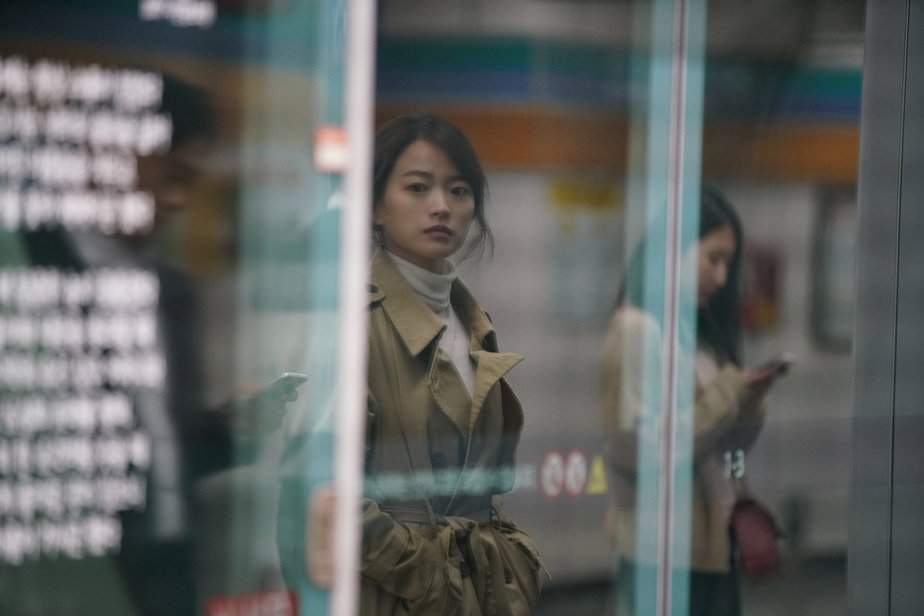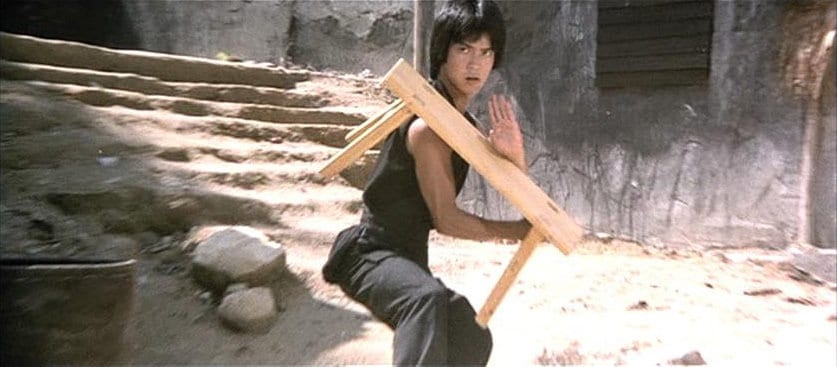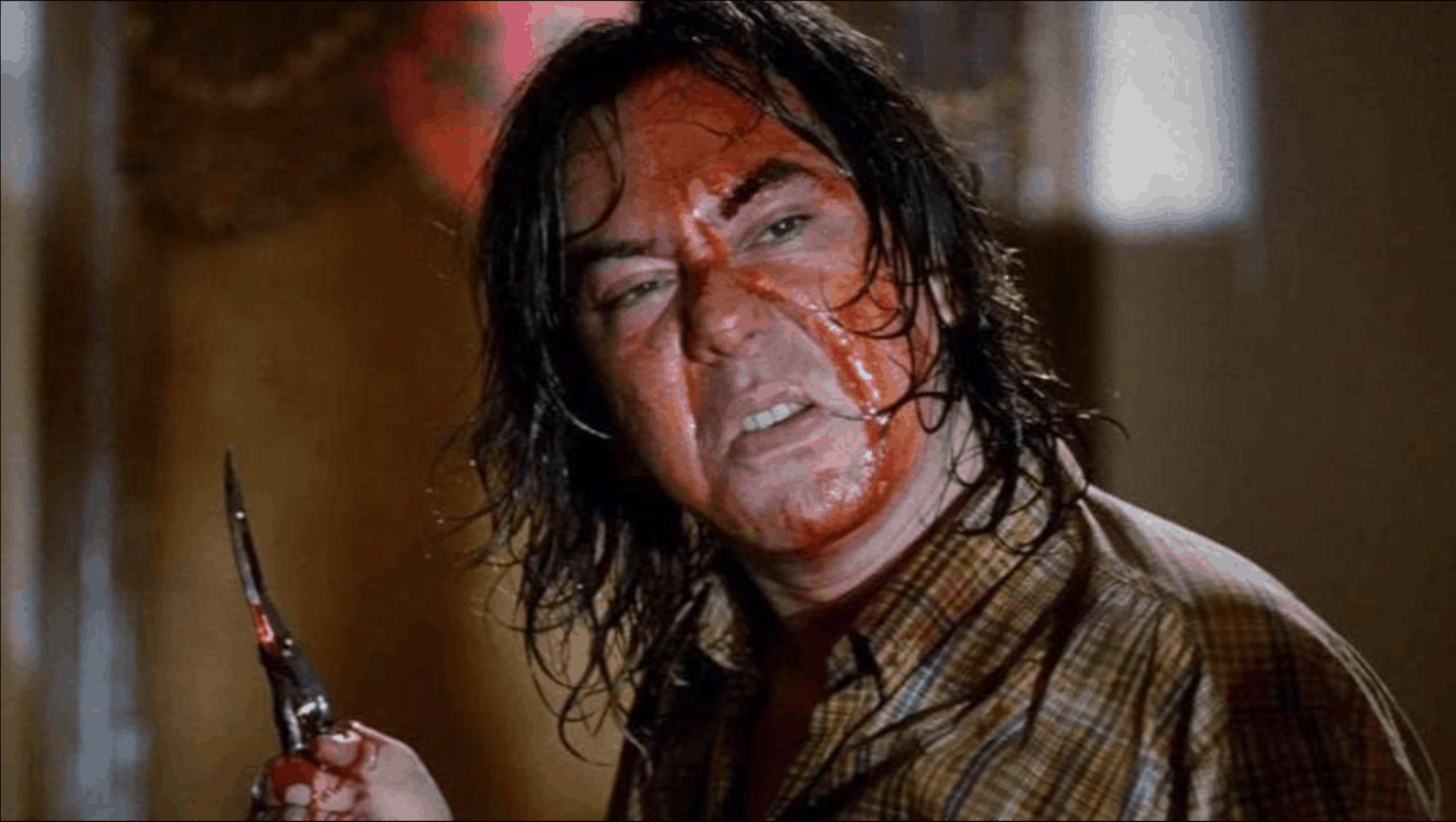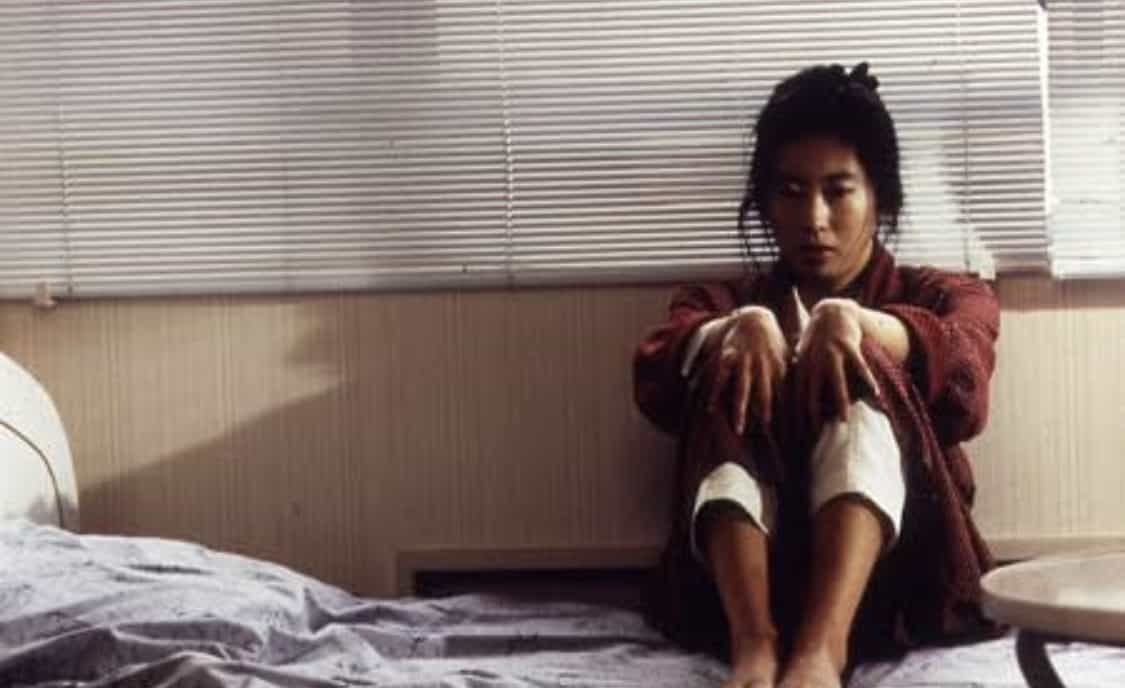The history of Hong Kong martial arts cinema contains many stories based on real life figures. These stories elevate them to almost mythical status as they become something more. Standing head above all the others is the recurring figure of Wong Fei Hung. For modern audiences, the most fondly remembered portrayals are by Jet Li and Jackie Chan. Yet Kwan Tak-hing is probably the one most defined by the role, playing him countless times from the 1950's onwards. “The Skyhawk” is one of the final instances and his last in a leading role. It is also one of the key films in the movement towards the modern martial arts film as transcends the generations with the torch being passed on whist respecting the whole ethos of the character that Wong Fei-hung represents.
Buy This Title
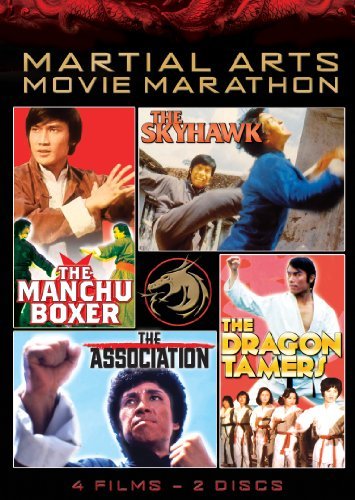
The Skyhawk AKA Wong Fei-hung travels to Thailand to visit an old friend, Chu. Accompanied by his student Fatty (Sammo Hung), he encounters and rescues Leo (Carter Wong) after he is injured in a fight. Chu is finding that his shipping business is being threatened by local rival Ku. Fatty's sister Yu Ying is also in Thailand but has developed a gambling addiction that is putting him into debt and in danger as the gambling den is run by Ku. Ku hires a mercenary fighter (Hwang In-sik) to take care of his enemies and bribes some of Chu's workers to betray him. Skyhawk tries his best to refrain from conflict but his students keep ending up in fights with Ku's men even when seeking to avoid trouble themselves. Chu finds Ku needs his shipping business to ship opium, triggering several tragedies and Skyhawk alongside Leo being forced to take revenge.

Kwan Tak-hing was approaching 70 years of age when this production was made. Whilst he may not have been the most skilled fighter to portray the figure of Wong Fei-hung, he definitely gets the essence of him. His is the classic figure, embodying Confucian virtues, seeking peaceful resolution over conflict. There is one moment where his reluctance to fight is mistaken for fear by others but he never seeks to challenge this. We have a more meditative figure here as befits his age.
There are several scenes set in the temple and is accompanied by a more wistful version of the “General marching under orders” theme that is so associated with Wong Fei-Hung. Even in the final confrontation, he shouts out to Leo not to kill one of Ku's henchmen. A small touch that adds to the overall portrayal. Even the ending is slightly more subtle. Whilst, like most kung fu genre pictures, it ends with the surviving heroes walking away, it takes time here for him to check on the daughter of the recently seen friend he had come to visit. This very rarely happens elsewhere, usually it's roll credits as soon as the bag guy expires.
Alongside him, to make up more of the physicality, is a very young Sammo Hung as Wong's student Fatty and Carter Wong's Leo, a man whom they rescue after an early fight. Sammo Hung was at the outset of his career here, frequently playing the supporting role as a headstrong student of a master that rarely saw the end credits roll. He's essentially the same here, but does try to act on his master's wishes and avoid fighting where possible. It's a generic role but he does the best with what he can even if the 1970's hair-do does look a little out of place. Carter Wong is always a stern presence. My personal opinion is he was best suited to villainous roles due to his intensity and eyebrows that have more acting ability than many of his contemporaries! That aggression actually fits here as his Leo is less controlled than the others and demonstrates less restraint. Nora Miao's “romance” with Leo is limited to just slight glances and never really goes anywhere. Standing out on the other side of the fence is Hwang In-sik. The 1970's saw several Korean fighters make their name in Hong Kong cinema and he was one of the best. His mercenary is the polar opposite in virtue, fighting of some thugs chasing a woman they plan to see to Japan, he hands her back when made a good financial offer to join Ku. His boot work is as always clean and swift, which makes for a suitably dangerous antagonist. Ku and his cohorts are the stereotypical bad guys. Unredeemable and into every vice conceivable.
The direction by Jeong Cheung-hwa is a step up from the usual standards we see in the genre at this time. There is the usual trademark shots as seen in every one of these features, but the camerawork for the most part remains fluid and the Thailand setting gives it a slightly different feel. The costume design is a bit erratic, possibly, but who ever watched these for exact period detail? The action choreography of which Sammo Hung was involved is also a step up from the standard. You have several excellent participants in Hung, Carter Wong and Hwang In-sik, so for the most part it's clear, varied and feels a bit more impactful. Where it slightly struggles is in the climax. The fight clearly is switching from location to a studio setting and back, whether that was due to the humidity impacting on Kwan Tak-hing I don't know but it is fairly obvious. Whilst for his age he was still incredibly agile, it is also very evident that he is understandably doubled for the more acrobatic elements. His fight scenes are largely shown with him from the waist up and anything else is a stunt man. I have no issues with this and normally the editing and doubling is very well masked. A couple of times though, this is is not the case and the extensive doubling does reduce the overall impact of the final duel.
“The Skyhawk” is very much one of the transitional movies of the genre. This was to be Kwan Tak-hing's last lead as Wong Fei-hung, although he would appear in two later Sammo Hung features in cameo roles. So it is the end of one era and the introduction of another with the choreography of Sammo and the evolution of the fighting styles on display as featured by Hwang In-sik here. The Peking Opera style that had been used in Kwan's earlier performances was becoming replaced with more intricate movement and a greater focus on the action choreography.
I could never argue that “The Skyhawk” is a classic, it has several weaknesses that prevent it from achieving that and a rather lacklustre finale also inhibits. Yet, as a piece of martial arts cinema history, it is well worth catching. Modern audiences may not get Kwan Tak-hing and his importance to the Wong Fei-hung legacy. I hope that by watching this, there will be a greater appreciation and understanding of the evolution of both the character and the genre itself.



